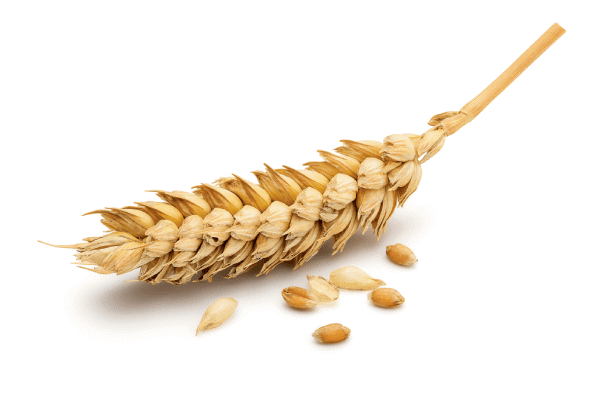
Lantmännen is an agricultural cooperative and Northern Europe’s leader in agriculture, machinery, bioenergy and food products.
Lantmännen is an agricultural cooperative and Northern Europe’s leader in agriculture, machinery, bioenergy and food products.
The Agriculture Sector constitutes Lantmännen's core business and offers products and services to promote strong, competitive farming.
The Food Sector develops, processes and markets products that include flour, breakfast foods, pasta, frozen and fresh bread, crispbread and ready-to-eat meals.
Lantmännen is an agricultural cooperative founded on the deep knowledge our farmers have aquired over generations. We make farming thrive and work together to take responsibility from field to fork.
From our core farming business, through the value chain, from field to fork, we are involved in every step from sowing to harvesting; to the food on our tables, feed for our livestock and climate –smart biofuels.
Owned by Swedish farmers, Sweden is our base with the Baltic Sea area as our expanded domestic market. We have a strong international presence, and no matter which country and location we operate in, we always take the same responsibility.
We pursue research and invest in innovation for tomorrow’s agriculture, bioenergy and foods of the future. Innovations are crucial if we are to resolve the challenges of today and tomorrow, which is why Lantmännen also has its own research foundation.
You´ll find the Lantmännen sprout on our packaging. The products may be different, but everyone can feel safe that we also minimise impact on climate and people. If you find the sprout on a packet, you can be sure what’s inside is Good Food from Lantmännen.
Excerpt from article in Cerealier no. 1, 2022
Previously, Alastair Ross researched food chemistry and nutrition at the Swedish University of Agricultural Sciences and at Chalmers University of Technology. He is now in his home country of New Zealand, working at AgResearch. “I became interested in wholegrains during my time in Sweden, and I still try to participate in wholegrain studies when I can.”
Alastair Ross helped analyse the results of a recently published study, where the lead researcher was Andrew Reynolds, from the University of Otago, New Zealand. The study examined the particle size of wholegrain products’ effect on blood glucose response in people with type 2 diabetes.
“We will continue and conduct a longer study, but the first results are interesting for people with type 2 diabetes. For them, dietary recommendations could be revised to not only recommend wholegrains, but wholegrains with a larger particle size, such as bulgur instead of couscous,” says Alastair Ross.
We will continue and conduct a longer study, but the first results are interesting for people with type 2 diabetes.
There is not much previous research into the health effects of wholegrains’ particle size. “This is very interesting, and may explain why there is such great variation in the results of wholegrain studies."
What is it like in New Zealand? “There’s not at all the same variety of wholegrain products as in Nordic countries. There are some wholegrainbreads, but Scandinavians would certainly complain about the range and quality. Instead, there’s a focus on food being good value, and dietary advice is largely about eating fruit and vegetables.” Muesli bars and breakfast cereals are the biggest sources of wholegrains, but often contain a lot of sugar. “Obesity and its side effects are major problems here, and a great deal of the food culture is unhealthy, with fish and chips and other fast foods.
We need to eat more whole grains, but awareness is low.
We need to eat more whole grains, but awareness is low. The Danish wholegrain initiative is a fantastic example of success at increasing intake, we need something like it here, Alastair concludes.
Text: Karin Janson
